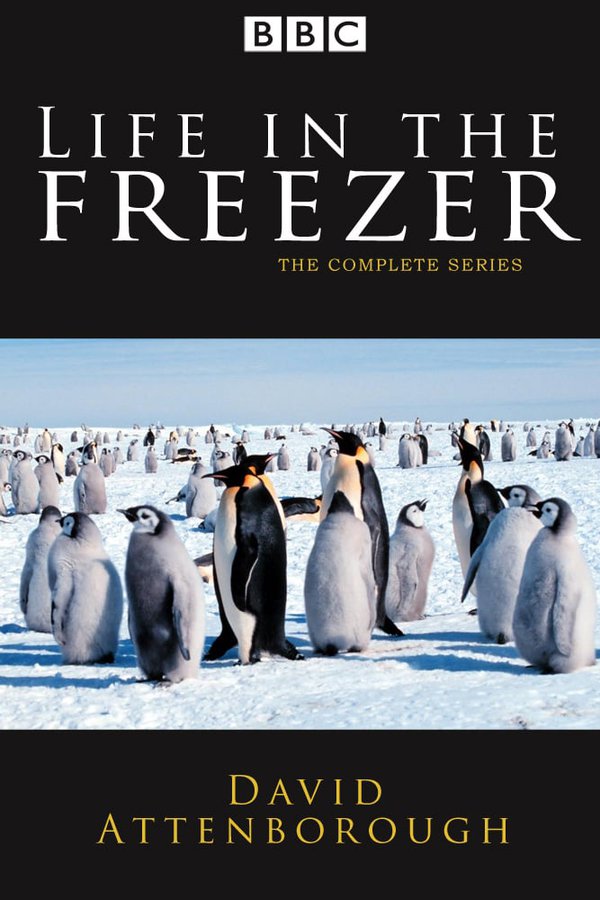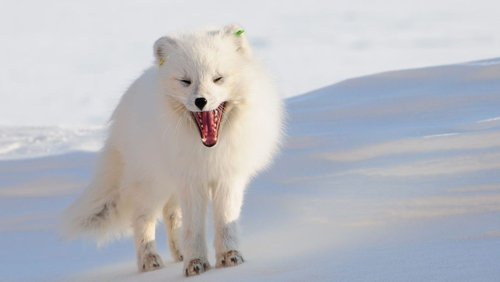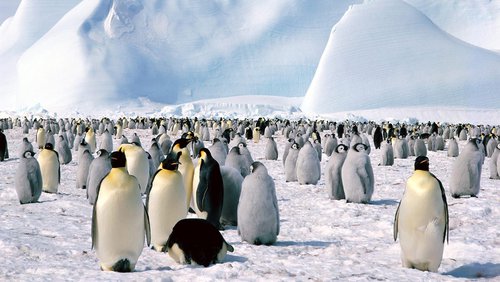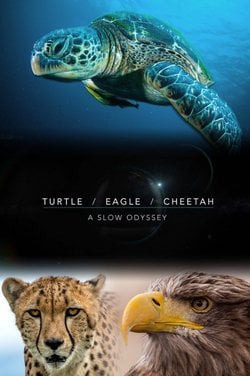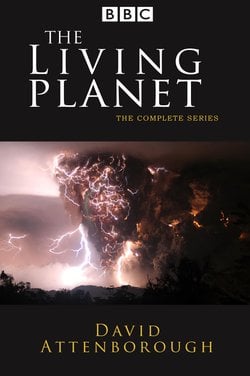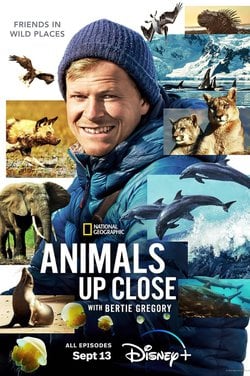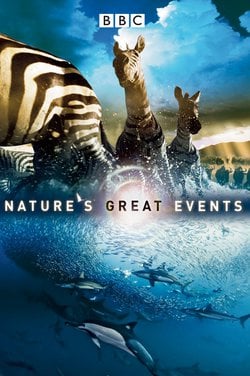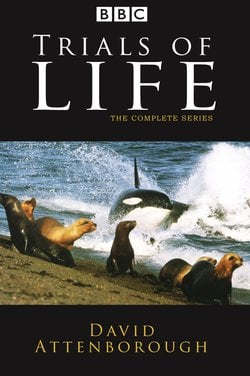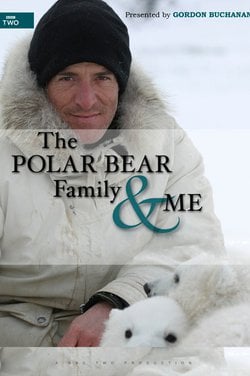- Ülke Birleşik Krallık
- Genus Belgesel
- Bölüm uzunluğu %uzunluk% dakika
- Toplam süre 3 saat
- Durum Tamamlandı
- Kanal BBC One
-
Dış bağlantılar
TheTVDB sayfası
IMDB sayfası
TheMovieDB sayfası -
Son güncelleme
5 mai 2021 - 12:20
11 veritabanında
Life in the Freezer
Over the course of the series, the seasonal effect on the continent is explored, from one of the harshest winters on the planet to the arrival of spring, which welcomes a population of ocean travelers returning to breed. Then, in the summer, creatures such as seals and penguins struggle to raise their young before winter once again sets in. At this point, the ice sheet doubles and animals must leave to find food.
David Attenborough accompanied a 20-strong crew to Antarctica and spent three years filming the series. They had to contend with monolithic glaciers and extreme weather conditions, including mountainous seas, 160 km/h blizzards and harsh temperatures.
Once again, following on from The Trials of Life, the team used the latest camera technology and techniques, and had to travel into territory that had been previously inaccessible to filmmakers.[1] For example, to photograph the wildlife of the sea, boats, divers, suspended capsules and remotely controlled cameras mounted on inflatables were used. Particularly dangerous to divers were leopard seals and other predators, so some underwater sequences necessitated the use of cages for safety. The team also used a small, steel-hulled yacht, the Damien II. It had a retractable keel, which enabled the vessel to venture into shallow bays and land camera crews on to remote islands, where they could remain in contact via radio. A steadicam was used to obtain close-ups of fighting fur seals, with another person carrying a pair of wooden poles close by, in case one of the creatures attacked the human visitors.
